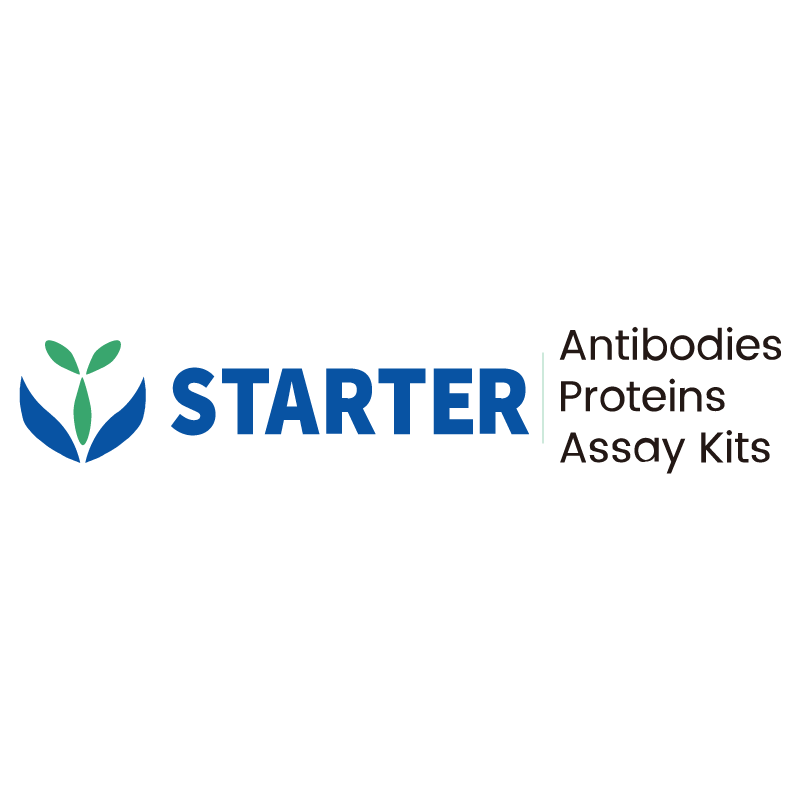2μg(R: reducing conditions)
Product Details
Product Details
Product Specification
| Species | Mouse |
| Accession | P01843 |
| Amino Acid Sequence | Protein sequence (P01843, Gln1-Ser105, with C-10*His) QPKSSPSVTLFPPSSEELETNKATLVCTITDFYPGVVTVDWKVDGTPVTQGMETTQPSKQSNNKYMASSYLTLTARAWERHSSYSCQVTHEGHTVEKSLSRADCSGGGGSHHHHHHHHHH |
| Expression System | HEK293 |
| Molecular Weight | Predicted MW: 13.3 kDa Observed MW: 15 kDa |
| Purity | >95% by SDS-PAGE |
| Endotoxin | <1EU/μg |
| Tag | with C-10*His |
| Physical Appearance | Lyophilized Powder |
| Storage Buffer | Lyophilized from a 0.2 μm filtered solution of 0.2M PBS, pH7.4. |
| Reconstitution | Reconstitute no more than 1 mg/mL according to the size in deionized water after rapid centrifugation. |
| Stability & Storage | 12 months from date of receipt, -20 to -70 °C as supplied. 6 months, -20 to -70 °C under sterile conditions after reconstitution. 1 week, 2 to 8 °C under sterile conditions after reconstitution. Please avoid repeated freeze-thaw cycles. |
Background
Immunoglobulin G (IgG) is a type of antibody. Representing approximately 75% of serum antibodies in humans, IgG is the most common type of antibody found in blood circulation. IgG molecules are created and released by plasma B cells. Lambda light chains are one of the two classes of light chains present on mammalian immunoglobulins. They are found in combination with kappa light chains. These chains are usually present in a 70:30 ratio of kappa to lambda. Anti-lambda light chain antibodies can nonspecifically bind to multiple isotypes of immunoglobulins.
Picture
Picture
SDS-PAGE


